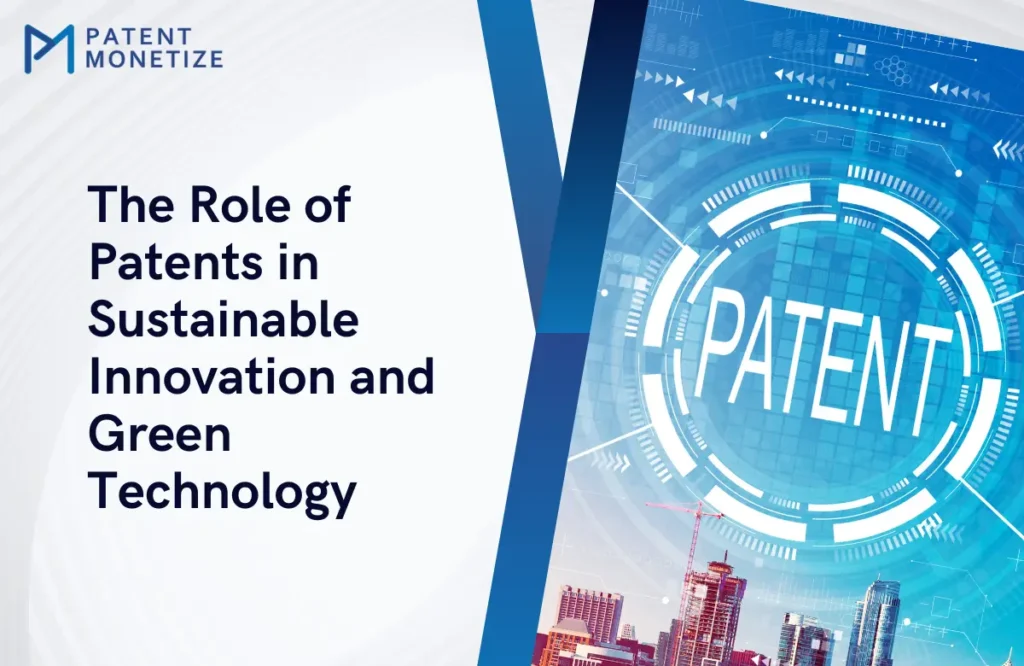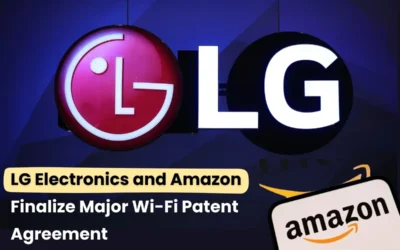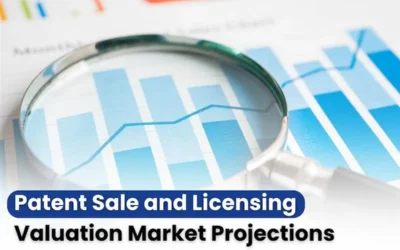
Role of patent valuation in mergers and acquisitions, In today’s competitive fast changing business environment, the patent is regarded as a gold mine, perhaps playing a major part in any merger and acquisition. Companies expanding their portfolios, entering new markets, or gaining an edge are probably making use of patent assets as the strategic lever. This guide discussed the role of patent valuation in M&A, its importance, methodologies used for patent valuation, and then the impact that patent valuation can have on the deal failing or succeeding.
Introduction: Understanding Patent Valuation in M&A
Patents are intangible properties that confer the exclusive rights of exploitation to their respective owners for specified periods. Generally, like any form of IP, patents become some form of expression for business innovation, marketing potential, or technological capabilities available in the particular company. Thus, by virtue of this fact, patents tend to shape or alter the processes of a merger and acquisition and affect negotiation power for affecting the overall performance of M and A. Patent valuation, that is the quantification of monetary value of a patent or a portfolio of patents, is essentially the aspect both for the buyer and seller involved in the M&A transaction. The aspect will help the buyer understand if the purchase price charged to the target company’s IP assets was justified and help determine what value he/she could expect to extract from selling these assets for the seller. This article will explore in detail the role of patent valuation in M&A, methodology, decisive factors determining the value of a patent, and why it is fundamentally important for patent valuation while doing deals.
Patent Valuation Methods: How to Value a Patent in M&A
There are many different techniques of patent valuation when it comes to an M&A transaction. Which one depends on the patent in question, industry, and even the exact conditions of a particular transaction.
1. Cost-Based Valuation
Patent’s cost-based valuation is calculated in relation to all costs incurred by its development, designing, and conservation. Thus, within the framework of such costs, great importance is afforded to the costs of R&D history, to the costs prepared and filed, and other direct cost expenditures regarding the patent’s preparation. Such an argument is basically premised on a belief that patents have value simply because they were produced with investment amounting to ‘dollars’ and time requirements for the production of this patent.
This method is flawed, though it is helpful in the early developmental stages of the technologies. No account is made of the future value of the income streams arising from the patent, and such overestimation may be seriously problematic in matters of market and competitive advantage.
2. Market-Based Valuation
In the market-based approach, the value of the patent is calculated as compared to similar patents that exist in the market. In this method, the transactions related to comparable patents such as licensing agreement, sales, or acquisitions are taken into consideration to find a benchmark for the patent at hand.
Market-based valuation is much more practical for assessing what a patent could be worth, especially in an established market with a known market for patents. Generally, it is usually difficult to find suitable comparable for niche or new technologies.
3. Income-Based Valuation
In an income-based valuation, the estimate of the value of the patent comes from the expectation of future earnings it is predicted to generate. The method generally involves projecting into the future a cash flow by the patent, and then discounts this amount taking into account a time value as well as various risks.
For example, a patent related to a much valuable product creates substantial income generating potential through licenses or sales. Income-based appraisal is one of the most important methods used under patent valuation M&A, with the commercialization of patents being very common for patents that shall be generating top-line returns for a long term.
4. Option-Based Valuation
It is also called real options valuation. This valuation takes into consideration the possible future possibilities of using a patent for licensing, selling, or even in future R&D projects-that is pretty valuable for early-stage or unproven technologies. It applies financial modeling techniques, using the valuation stock options, including accounting for further development opportunities in the market. It is not an easy and straightforward technique because it is slightly complex, and sometimes it yields more accurate valuation of a patent when its probable future outcome may be vague, or in extremely long commercial prospects.
5. Patent Amortization Method
A patent is valued with regard to its expected amortization of its cost over its useful life. Patent amortization, as an approach, is mostly used within industries where the patents become obsolescent within a relatively short time or in a continuous replacement process. This quantifies what economic benefits the patent is going to deliver every year.
Key Factors Affecting Patent Value in M&A
Although different valuation methods may unveil aspects of the value of a patent, several basic factors also drive the value of the patent:
1. Patent Quality
Not all patents are the same. The breadth and quality of the patents, and good legal standing, make patents more valuable than those that are narrow and poorly drafted. Patent quality is one that deals with novelty, utility, market applicability, and strength of claims.
2. Market Potential
A patent’s value largely depends on its commercial potential. Generally, patents for technologies that are in demand have a greater value than those relating to niche or outdated technologies. For instance, these may be groundbreaking inventions or technologies related to high growth industries.
3. Geographic Coverage
Territorial scope dictates the value of a patent. Patent granted in jurisdictions offer wider coverage, and such patents may well be more valuable than patents by a single country. This aspect may be all the more applicable to multinational firms or companies considering expansion into different markets.
4. Patent Litigation Risks
Patents involved in live or threatened litigation will be harder to value. A risk of litigation could reduce the value of the patent, depending on the kind of uncertainty concerning the outcome or the likelihood being that a patent will be deemed invalid.
5. Exclusivity and Licensing Potential
Exclusivity and future licensing potential also play a role in the value of a patent. Patents that are at the heart of a business model or have huge licensing potential will be more valuable when negotiating M&A deals.
The Impact of Patent Valuation on M&A Transactions
Accurate patent valuation will determine the overall structure and outcome of M&A deals. The key impacts include:
- Due Diligence: Patent valuation is a vital part of due diligence. The buyers need to assess the real value of the target company patent portfolio, which is in itself capable enough to justifiably warrant the proposed purchase price in terms of meeting up with the strategic goals required by the buyer. The buyers have to further ensure that the patents are free from any form of encumbrance or legal risk.
- Deal Structuring: Patents in deals sometimes even impinge on the deal structure Valuation It means that for example, the sold patents will allow the seller leaving either transferring with or keeping the licenses. This is hence a basis through which patents get to sit between the middle negotiations of the negotiated royalty payment among other performance-related contingencies witnessed in the evaluating team.
- Post-M&A Integration: The integration of patents post-acquisition is quite complex, especially if the acquired portfolio of patents needs to be integrated into the operations of the acquiring firm. A well-crafted patent portfolio helps exploit synergies, enhances product offerings, and opens up new revenue streams.
Conclusion
Patent valuation is an integral part of an M&A exercise because it gives one a clear understanding of the true worth of a company’s intellectual property. With accurate patent valuation, buyers and sellers will make good decisions, mitigate risks and maximize strategic value of patents through an overarching M&A strategy. The proper choice of valuation method, along with considerations of key factors, helps the companies ensure the proper valuation of their patent assets and contributes to a successful transaction. In this fast-changing global economy, patents are more essential than ever before, and intellectual property usually plays a key role in all strategic acquisitions it takes to reach the closure of an M&A deal. This calls for proper and accurate patent valuation in M&A transactions.









